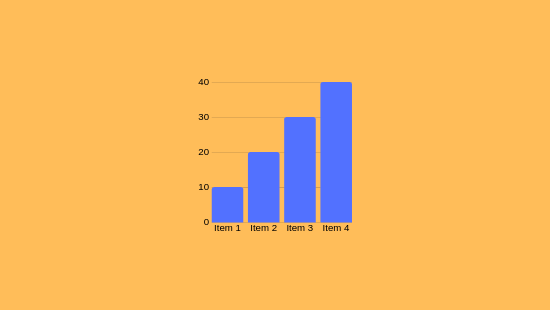
As you explore Forex indicators, you'll understand they are computational techniques analyzing price and volume data to forecast market movements. These indicators aid in signaling trends, confirming market cues, and uncovering overbought or oversold situations. For instance, the Relative Strength Index (RSI) tracks market force, while Bollinger indicators assess volatility. Enhancing your trade techniques by combining these indicators is crucial, especially if aiming to control risks adeptly.
Understanding Forex Indicators
Forex measurement tools are computational devices embedded in charts to assist traders in scrutinizing market dynamics and executing calculated trades. They provide perspectives into price changes and potential trading opportunities by examining past and present market figures.
Forex indicators are divided into four main types: trend indicators (e.g., Moving Averages), momentum indicators (e.g., Relative Strength Index), volatility indicators (e.g., Bollinger Bands), and volume indicators.
These tools can indicate market turns, confirm trends, or highlight overbought/oversold climates. If you're looking to enhance your methodologies, grasping their roles is vital.
Types of Forex Indicators
When assessing market trends, traders often deploy a variety of indicators to aid in decision-making.
Forex tools are categorized into different classifications, each fulfilling distinct functions.
Trend Indicators like Moving Averages (MA) and Bollinger Bands aid in uncovering movement patterns and possible price surges.
Momentum Indicators, including the Moving Average Convergence/Divergence (MACD) and Relative Strength Index (RSI), identify momentum changes and indicate excessive buying/selling.
Volatility Indicators like the Average True Range (ATR) quantify market variability, helping traders in setting stop-loss thresholds.
When applied wisely, these tools can boost trading proficiency.
Key Indicators for Trading Decisions
To executive insightful investment choices, understanding and applying key indicators that analyze market conditions is imperative.
Moving Averages display average prices over determined timeframes, unveiling tendencies by evening out variations.
The Relative Strength Index gauges market force on a 0–100 scale, flagging overbought conditions above 70 and highlighting excessive sell below 30.
Moving Average Convergence Divergence analyzes two exponential moving best forex indicators averages to validate directional trends, with histograms displaying positive or negative trajectories.
Bollinger Bands apply standard deviations around a moving average to assess fluctuation and potential reversals.
Fibonacci Retracement levels denote price thresholds based on prior price movements.
Synthesizing these indicators enhances precision by authenticating prompts if congruent, facilitating precise timing for currency pairs.
Employing Indicators in Risk Oversight
As you refine investment methods, effectively utilizing measurement tools for risk control is essential. Tools like Moving Averages and Bollinger Bands gauge fluctuations and spot viable trade junctures for risk minimization.
These instruments allow for exact stop-loss orders and limit orders, which are key for limiting possible losses.
For example, using trade protections restricts your loss to a certain amount, such as 2% of your trading capital per trade. This measured strategy aids in managing forex risks by curtailing exposure to fluctuations and leverage, which are significant challenges in currency trading.
Integrating Indicators for Improved Precision
Merging measurement tools is a accomplished tactic for boosting precision in forex trading. This method enables for the use of diverse instruments to examine several facets of market behavior, such as trends, momentum, and variability.
By implementing indicators like Price Averages, RSI, and MACD, you can craft formidable trading strategies. Instance given, pairing Moving Averages with RSI and Volume validates trend direction and momentum, while Bollinger Bands with Stochastic discovers volatile scenarios and possible reversals.
If diverse measurement tools work together, redundancies are minimized, and trade signals are uplifted.
Conclusion
You now grasp how forex indicators operate, covering their diversities like trend, momentum, and volatility tools. These elements aid in uncovering pivots and confirming trend continuity. Through combining tools, trading precision is boosted, and risk management is conducted more adeptly. As an example, using the Relative Strength Index (RSI) to spot overbought conditions and Bollinger Bands to analyze fluctuation can improve your decisions.
 Daniel Stern Then & Now!
Daniel Stern Then & Now! Ross Bagley Then & Now!
Ross Bagley Then & Now! Katie Holmes Then & Now!
Katie Holmes Then & Now! Danica McKellar Then & Now!
Danica McKellar Then & Now! Erika Eleniak Then & Now!
Erika Eleniak Then & Now!